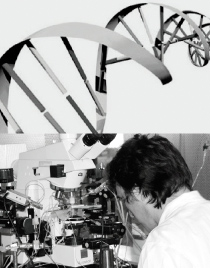B12
In the previous funding period, we identified a novel β1-integrin/Kv1.3-mediated vesicular glutamate release pathway in Th17 cells inducing local cytoplasmatic calcium release and subsequent dam-age in neurons (Birkner et al., JCI 2019). The aim of this funding period is to i) achieve a deeper mechanistic understanding of this novel pathway and – in line with the overal goal of this third CRC funding – to ii) work on bringing the concept towards a human translation.
Specifically, we will explore possible autocrine and paracrine T cell signaling pathways, as well as the balance between two glutamate release pathways and their relation with T cell subsets and pathogenicity. Next, we will assess the impact of direct T cell-neuron interaction on neuronal calcium homeostasis and functional behaviour making use of all optical in vivo approaches. Finally, we could already show that Th17 cells derived from MS patients have a higher production of glutamate and this is linked to higher glutamine levels in the CSF of MS patients compared to control patients. In the EAE mouse model, intrathecal application of a glutaminase inhibitor reduces clinical symptoms. With support of the Z02 platform, we aim to correlate glutamate-pathway specific data with specific clinical phenotypes.

Principal Investigator:
Prof. Dr. med. Stefan Bittner
Klinik für Neurologie, Forschungszentrum für Immuntherapie
Mainz
stefan.bittner@unimedizin-mainz.de

















